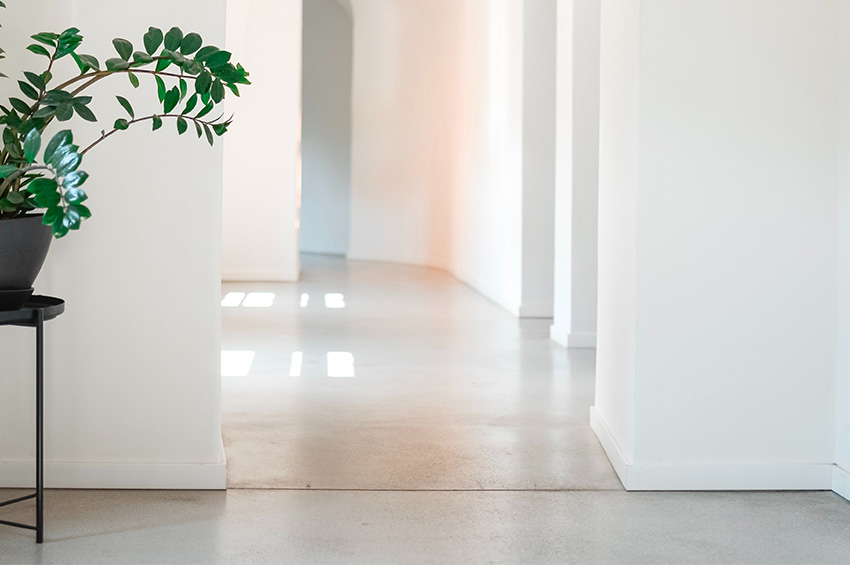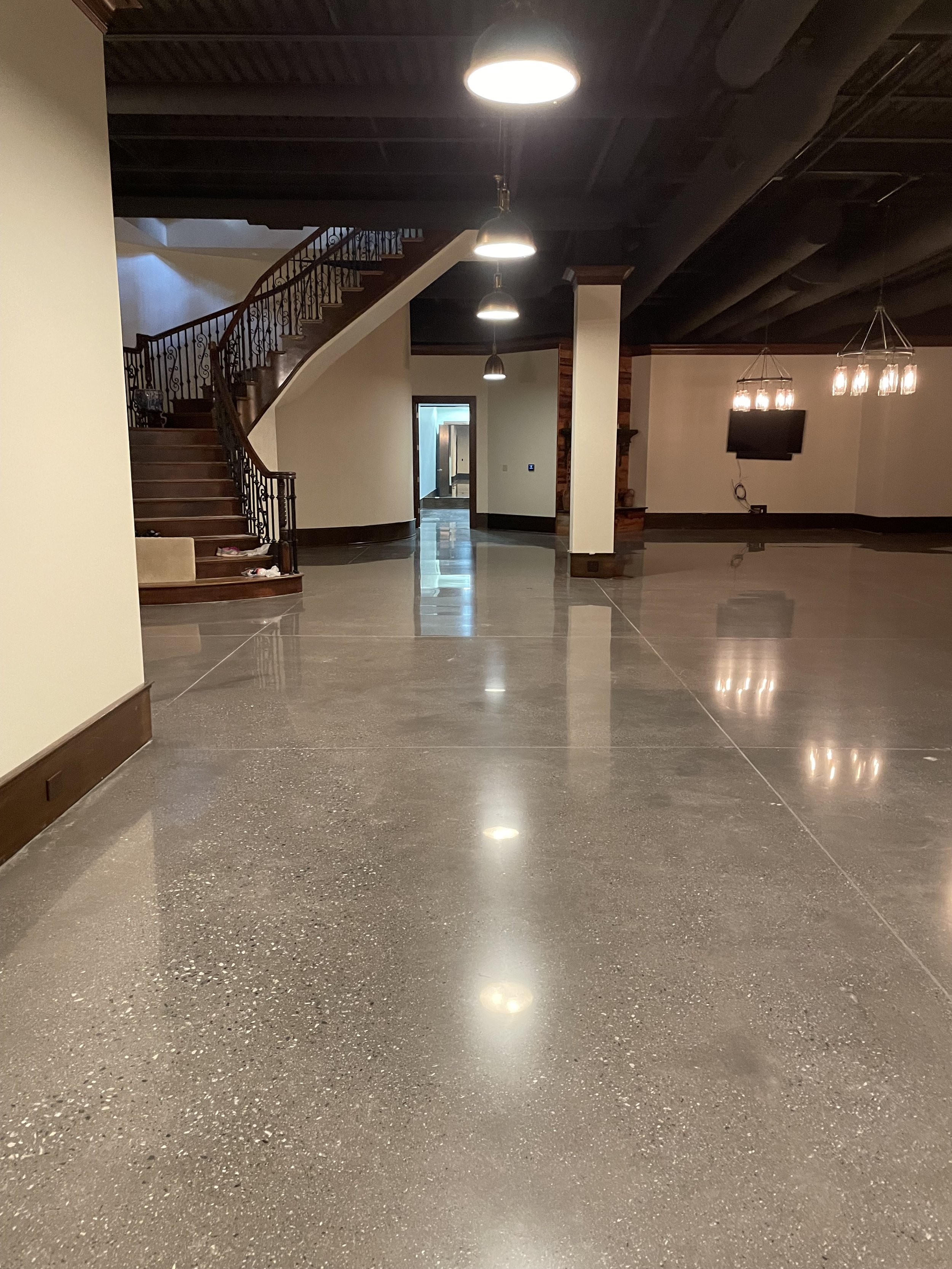Why Local Stained Flooring Is the Perfect Selection for Sustainable Home Enhancement
In the realm of lasting home enhancement, local discolored floor covering has actually become a preferred selection among eco mindful house owners. The unique mix of visual charm, longevity, and ecological advantages it uses can not be forgotten. By making use of in your area sourced wood, it cultivates a favorable ecological impact, and the discoloration procedure boosts longevity while minimizing unsafe chemical use. As an affordable financial investment with lowered maintenance needs, it increases a provocative inquiry: could this be the perfect remedy for lasting housing?
Understanding the Idea of Regional Stained Flooring
While the notion could appear novel to some, regional tarnished flooring is an ingenious strategy to home improvement that incorporates aesthetic appeals, sturdiness, and sustainability. The staining procedure not only enhances the all-natural elegance of the timber grain but also includes a layer of security, boosting the longevity of the floor covering. Utilizing regional timber species frequently supports regional economic climates and promotes accountable woodland administration techniques.
The Looks of Regional Discolored Flooring
Why is regional discolored flooring acquiring appeal for its aesthetics? The answer hinges on the unique appeal and personality it brings to any space. Neighborhood stained floor covering provides a diverse series of patterns and shades, reflecting the natural charm and variants of the neighborhood wood species made use of. This produces an unique, personalized visual that can not be reproduced by mass-produced alternatives. In addition, the discoloration process improves the timber's inherent grain and structure, adding depth and splendor to the flooring's look. This rustic beauty perfectly mixes with numerous indoor layout styles, from standard to modern-day, making it a versatile choice for home owners. Eventually, the appeal of local discolored flooring hinges on its ability to transform homes right into unique, visually appealing rooms while promoting sustainability.
Ecological Effects of Regional Stained Flooring
The ecological ramifications of local tarnished floor covering encompass two considerable aspects: lowering carbon footprint and waste reduction benefits. Using in your area sourced products for staining not only reduces transportation emissions, but additionally advertises lasting forestry techniques. The waste reduction aspect comes into play as these floor covering types usually have a longer life expectancy, lowering the constant demand for replacements and the waste linked with it.
Minimizing Carbon Impact
As home owners turn to even more lasting choices, regional tarnished floor covering becomes a practical option to reduce carbon footprint. This sort of flooring greatly uses locally sourced products, which substantially reduces the requirement for transportation. This reduces discharges connected with freight transport, adding to lower degrees of greenhouse gases in the environment. Additionally, the procedure of discoloring the floor covering, instead than making use of synthetic finishings, includes less chemicals and less energy-intensive treatments. This results in a decline in carbon discharges throughout the manufacturing procedure. Choosing for local stained flooring demonstrates an effective measure in advertising ecological sustainability, highlighting a concrete way house owners can add to combating environment adjustment from the comfort of their own homes.
Waste Minimization Advantages
Although typically overlooked, waste reduction is an additional considerable benefit of neighborhood stained floor covering. Furthermore, the staining procedure utilizes fewer resources and creates much less waste compared to producing new floor covering products. The selection of regional discolored floor covering not only beautifies homes but also underpins a dedication to sustainable living and waste decrease.
The Resilience and Upkeep of Local Tarnished Flooring

The Cost-Effectiveness of Regional Stained Floor Covering
While neighborhood tarnished flooring could at first appear extra costly than other alternatives such as rug or laminate, its longevity and toughness swiftly turn it right into an economical choice. The in advance price is typically offset by the reduction in upkeep expenses gradually. Unlike carpetings that require routine deep cleansing or laminate that might require replacement after a few years, tarnished floorings are built to last, minimizing the demand for costly repair services or substitute. Furthermore, local sourcing of materials minimizes transportation prices, adding to both monetary savings and a lower carbon footprint. For house owners looking for a sustainable, economical solution for their flooring requires, neighborhood tarnished floor covering becomes a remarkable, long-lasting investment that repays with time.

Real Life Instances of Sustainable Homes With Neighborhood Tarnished Flooring
In the world of sustainable home renovation, regional tarnished flooring has actually become a prominent option. To better show its benefits, several actual life examples of environment-friendly homes that have successfully integrated this floor covering technique will certainly be highlighted. These case research studies give tangible proof of the advantages and influence of using regional discolored floor covering in lasting homes.

Showcase: Eco-Friendly Flooring Residences
Scanning the globe, one can locate various homes that symbolize the idea of environmentally friendly living through the usage of regional tarnished flooring. Throughout oceans in copyright, a modern-day home showcases its abundant, maple-stained flooring, a testimony to the plentiful local timber supply (Residential Stained Concrete Floors). These homes not only display the aesthetic convenience of regional tarnished flooring however additionally its contribution to an extra lasting way of life.
Neighborhood Tarnished Floor Covering Advantages
The undeniable appeal of local tarnished floor covering extends past its aesthetic appeal, as it also supplies substantial advantages to both property owners and the setting. This kind of flooring is sourced and produced in your area, decreasing transportation emissions and strengthening the local economic situation. The discoloration procedure uses natural, safe materials, advertising interior air top quality and lowering the home's ecological footprint. In a sustainable home in Rose city, Oregon, as an example, local discolored concrete floorings not just enhance the appearances however also function as thermal mass, soaking up warm throughout the day and releasing it at evening, lowering power Source use. One more instance is a green-certified home in Austin, Texas, where locally sourced walnut was tarnished and used for flooring, adding to the home's LEED qualification.
Final thought
In final thought, regional stained floor covering is a feasible and sustainable option for home renovation. With its special blend of environmental, aesthetic and economical benefits, neighborhood tarnished flooring is a clear option for home owners seeking a sustainable, aesthetically enticing and cost-effective home improvement service.
In the world of lasting home enhancement, neighborhood tarnished flooring has actually emerged as a prominent selection amongst environmentally mindful house owners. Local tarnished floor covering uses a varied array of colors and patterns, mirroring the all-natural appeal and variations of the neighborhood timber varieties used. The option of neighborhood tarnished his response flooring not only beautifies homes yet additionally underpins a commitment to sustainable living and waste decrease.
For property owners looking for a lasting, economical service for their flooring requires, neighborhood tarnished floor covering arises as a superior, long-term investment that pays off over time. Local Stained Concrete.
With its special mix of environmental, cost-effective and aesthetic benefits, local tarnished flooring is a clear option for house owners seeking a sustainable, cost-effective and aesthetically appealing home renovation option.